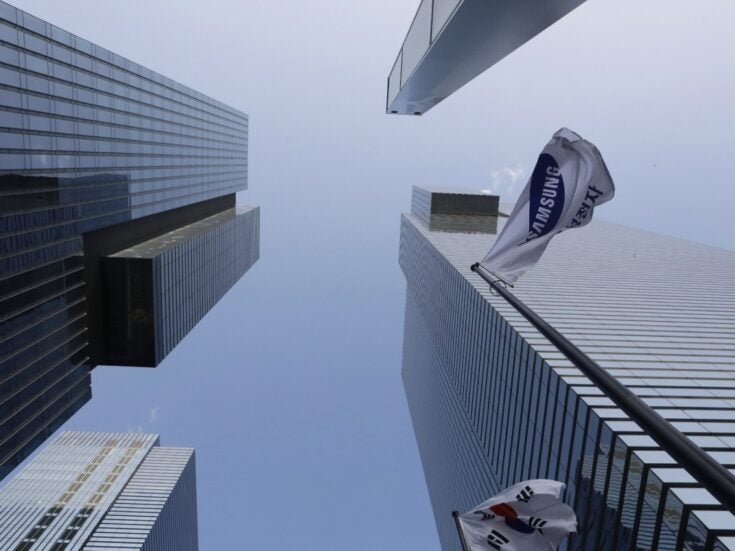
Olden Goldies
The ageing global population will have a deep impact on business and society. Ben Goldsmith looks at the opportunities for investors
BROWSE THROUGH THE TV listings and you could be forgiven for thinking that old people don’t exist. But take a look at global demographics and you will see another story. From Japan to the EU, the demographic centre of gravity is moving steadily higher.
Japan already has the highest life expectancy, at 80, with a quarter of the Japanese population over 65. The same percentage is expected to occur among the Chinese by 2050, up from a mere 8 per cent, or 113 million, at present. In the West, meanwhile, by 2020 it is expected that the average Frenchman will enjoy a full 25 years of retirement. Prospects are almost as rosy for the average Brit at 23 years, while our hardworking cousins in the US will be (relatively) short-changed at a mere seventeen years. Europe will start to resemble the US, where migrant retirees known as snowbirds roam the continent in campervans and octogenarians find love in retro-themed Florida holiday camps.
Along with the growth of global population — according to a natty if slightly quackish calculator on the BBC website, I am the 4.478 billionth oldest person alive today — ageing is the single greatest shift for the human race. But although population growth is expected to slow, ageing will not. Declining fertility rates are the principal driver, particularly due to social change in the West and active policies in Asia. The Bangladeshi government employed almost 50,000 sex education workers and halved birth rates in only fifteen years. China’s one-child policy is well known: the average number of children born per family there dropped from 5.9 to 1.7 between 1970 and 1995 and remains around 1.7 today.

The impact will be profound — on our societies, as the young work longer and harder under the eye of their elders; on our companies and markets, as we seek systematic readjustment of public and private sector pensions; and on our investment assumptions. But at least well-prepared investors can engage with these otherwise frightening changes.
The over-65 section of the population requires healthcare at between five and six times the rate of the rest, while for the over-85s it is nine times. Even during the current decade, this translates into a compound annual growth rate on health spending of 10 per cent, or an increase from $6 trillion to $10 trillion by 2020. Although 50 per cent of that growth is expected in the US — where per capita spending is projected to rise from $8,400 to $12,300 — a corresponding rise among the BRIC countries of $200 to $500 will, multiplied across the demographic shifts outlined above, account for a considerable proportion.
Partly this is due to the fact that gerontification will be attended by gentrification. Along with education, increasing demand for healthcare is at the top of the shopping list for emerging middle classes. A third concomitant trend is urbanisation. The proportion of the global population living in cities passed the halfway mark in 2007, and city-dwellers have better access to centralised healthcare.
Beijing provides the perfect example: in 2009 there were 38 million requests for medical appointments in the city. Let us hope more than a few were hypochondriacs, as there were only 1.8 million available slots. Demand for pharma and medical equipment in China is expected to increase from $120 billion to $330 billion during the current decade.
It won’t surprise you to learn that, with these underlying figures, healthcare is one of the most compelling global-growth investment themes of our age. It plays a useful role in our multi-themed long-term equities fund at WHEB Group, both as a driver of growth and as a ‘safe haven’ alternative to other, non-correlated themes in the fund, such as resource scarcity or clean energy. One of the beauties of the healthcare theme is that is presents such a broad spectrum of investible businesses.
Indeed, even individual companies can become well diversified within healthcare services — such as Britain’s Synergy Health, which is a leader in sterilisation technologies but is not too proud to take out the dirty linen (and does so across the UK and Holland). More specific growth areas include orthopaedics, to which Smith & Nephew is well-exposed; general elderly care (see French firm Orpea); and eyesight, where another French company, Essilor, is seeing growth as a maker of glasses lenses. At the sharp end of technological development, companies such as Intuitive Surgical in the US are developing minimally invasive operating procedures. They use 3D modelling of the inner body combined with robotics to complete procedures without the need for open surgery.

Illustration by Phil Wong
AS WITH ALL sectors, corporate entities are looking to improve their efficiency. In the case of medicine, this means improving diagnosis, treatment and back-office processes. A good example of a diagnosis solution is Nuance Communications — a voice-recognition company that also forms the basis for the Siri assistant in the new iPhone 4. In the medical sector, accurate and specialised voice-recognition software not only saves time but also avoids potential mis-prescriptions due to doctors’ famously illegible handwriting (giving rise to the typically dark doctors’ joke that ‘the most deadly instrument in the hospital is the pen’). Actual diagnostic methods are also developing fast, including the type of molecular diagnostic systems being developed by the US company Cepheid.
Better efficiency is a prerequisite not only for providers of healthcare but also for those who pay for it via public and private-sector benefit schemes. HMS Holdings is an example of a company that offers IT-driven ‘programme integrity’ to such providers — namely controlling cost by making sure that the right beneficiaries are getting what they are entitled to.
Taken together, the change in age demographics marks an epochal shift. Global average life expectancy hovered between 30 and 40 until as recently as 1900; now it is 69. Clearly, the increase cannot be open-ended but the pattern is clear — barring epidemic or catastrophe, we will all be here for longer.
Read more by Ben Goldsmith







